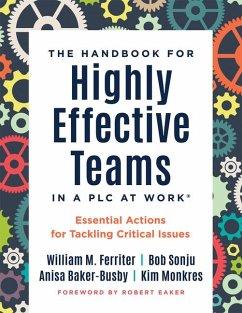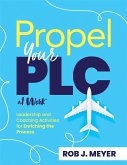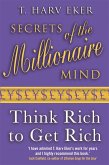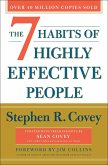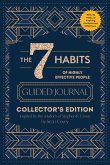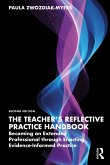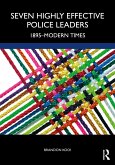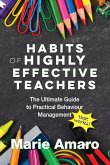Effective teams enhance learning and address diverse student needs. This guide outlines steps for building highly effective teams, including establishing norms, setting SMART goals in education, leveraging data-driven instruction, and providing differentiated instruction. By integrating strategies like the teaching-learning cycle within professional learning communities (PLCs), teams can promote student learning and improve outcomes through collaboration and inclusive practices. K-12 administrators and teachers can use this book to: * Identify 23 critical actions to build maximally impactful teams * Establish clear criteria and assessment protocols by which to measure student learning * Receive tools and resources for every foundational topic * Structure and pace lessons to support students who struggle and inspire those who excel * Improve instructional practices and strategies through regular analysis of student results Contents: Introduction: The Promise of Highly Effective Teams Part 1: Highly Effective Teams Have a Common Foundation Chapter 1: Essential Action--Identify Team Roles, Norms, and Protocols Chapter 2: Essential Action--Outline a Process for Addressing Personality Interference With Teamwork Chapter 3: Essential Action--Analyze Achievement Data and Establish SMART Goals Chapter 4: Essential Action--Formally Evaluate the Team's Effectiveness at Least Twice Yearly Part 2: Highly Effective Teams Focus on Learning for All Students Chapter 5: Essential Action--Ensure Clarity on the Knowledge, Skills, and Dispositions Students Will Acquire Chapter 6: Essential Action--Collectively Study Essential Learning and Clearly Define Mastery Chapter 7: Essential Action--Establish Clear Criteria for Student Work and Continually Apply Those for Consistency Chapter 8: Essential Action--Identify Prerequisite Knowledge and Skills Needed to Master Essential Learning Chapter 9: Essential Action--Teach Students the Criteria We Use in Judging Their Work Chapter 10: Essential Action--Make Visible a Set of Exemplars for Students Chapter 11: Essential Action--Use Short-Term Goal Setting Chapter 12: Essential Action--Identify Course Content and Topics We Can Eliminate to Devote More Time to Essential Curriculum Chapter 13: Essential Action--Agree How to Sequence Content and Pace the Course Chapter 14: Essential Action--Use Materials and Professional Expertise to Identify Instructional Strategies Part 3: Highly Effective Teams Effectively Use Assessments and Data Chapter 15: Essential Action--Use Team-Created Pretests to Assess Prerequisite Knowledge and Skills Chapter 16: Essential Action--Develop Common Formative Assessments for Frequent Administration Chapter 17: Essential Action--Administer Common Formative Assessments Throughout a Unit Chapter 18: Essential Action--Use Standardized Testing Data and District Benchmarks to Assess Strengths and Weaknesses Chapter 19: Essential Action--Use Team Assessment Results to Identify Students in Need of Additional Time and Support Chapter 20: Essential Action--Use Assessment Results to Identify Strategies That Help More Students Master Essentials Part 4: Highly Effective Teams Provide Extra Time and Support for Learning Chapter 21: Essential Action--Develop Strategies and Systems to Help Students Acquire Prerequisite Knowledge and Skills Chapter 22: Essential Action--Create Flexible Time During Units to Provide Extra Support Chapter 23: Essential Action--Provide Regular Extensions to Students Working Beyond Grade Level Epilogue References and Resources Index
Hinweis: Dieser Artikel kann nur an eine deutsche Lieferadresse ausgeliefert werden.
Hinweis: Dieser Artikel kann nur an eine deutsche Lieferadresse ausgeliefert werden.

